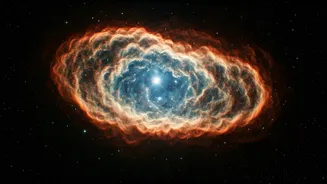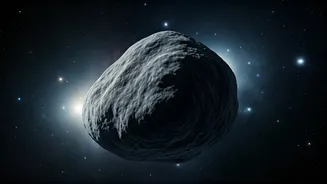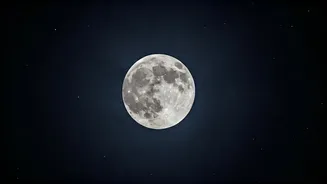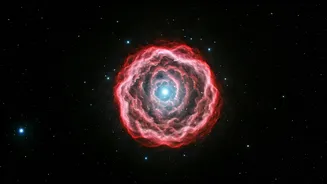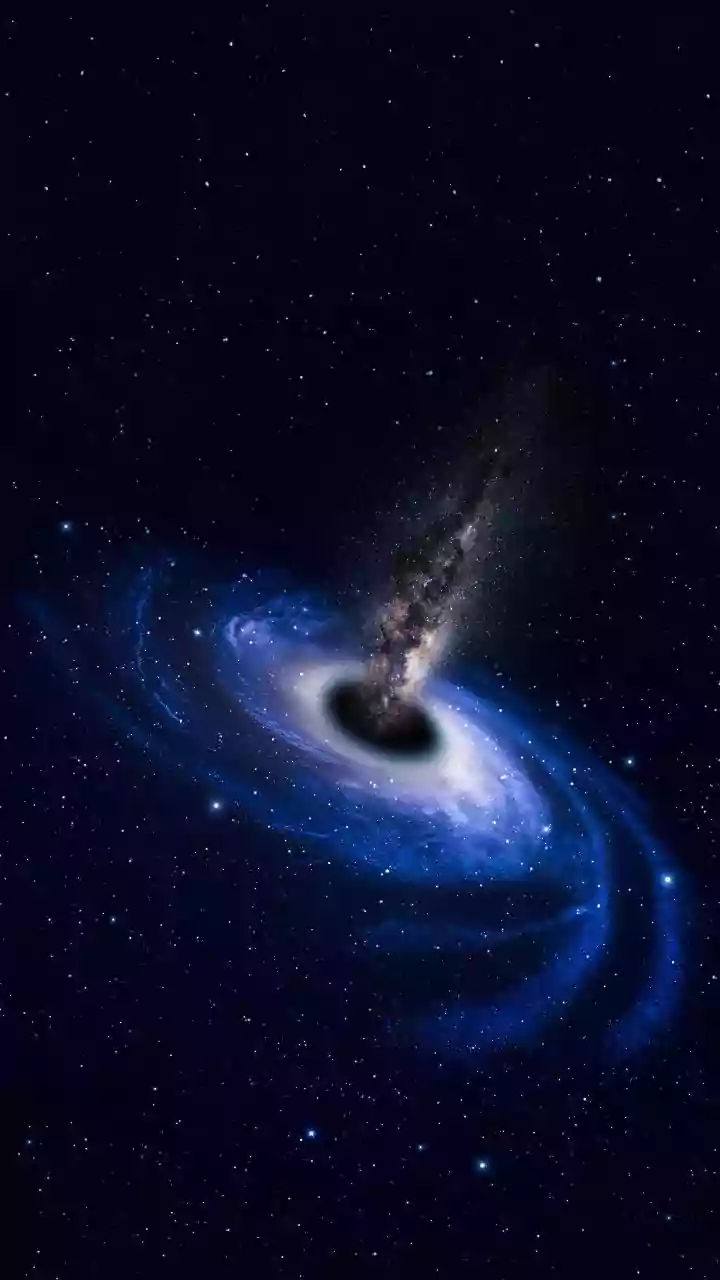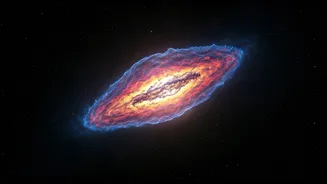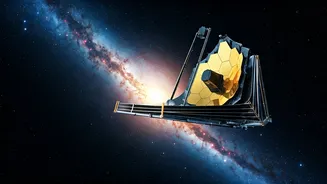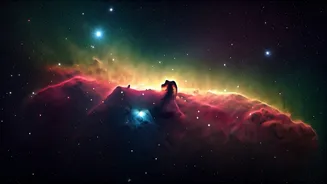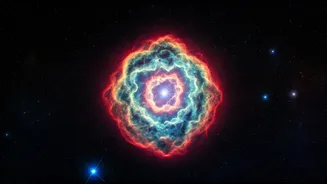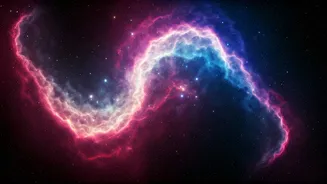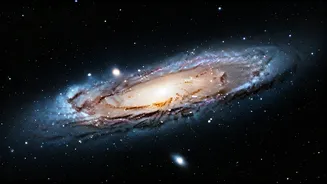Unveiling the Baboon
The 'Raging Baboon Nebula', captured in a striking image, has revealed its intricate structure to astrophotographers. This image shows a cosmic cloud,
shaped by stellar winds and radiation, showcasing colors and patterns that tell a story of cosmic evolution. The nebula, a stellar nursery, is where new stars are born, with the image serving as a window to the universe's creative processes. Astrophotographers use specialized telescopes and long exposure times to capture the faint light emitted by nebulae, allowing us to see these hidden wonders. The image not only highlights the nebula's beauty, but also provides insight into the birth and evolution of stars, highlighting the dynamic nature of space and the forces at play within.
Cosmic Sculpting Forces
Nebulae, like the 'Raging Baboon', are formed from clouds of gas and dust. These clouds are sculpted by the intense radiation and stellar winds emanating from massive, young stars. The nebula's shape is a result of these forces interacting with the surrounding material, creating intricate structures. The colors we see are due to the gas composition and the energy emitted by the stars within. Oxygen appears blue and hydrogen appears red, and in turn shows us different areas of activity and the elements present. The image of the 'Raging Baboon Nebula' offers a close look at this cosmic sculpting process, providing a visual representation of how stars shape their environments. This also highlights how these elements are created and then dispersed over time, leaving an impact on the surrounding areas.
Imaging Techniques Explained
Capturing images of nebulae requires specialized techniques and equipment. Astrophotographers utilize telescopes equipped with sensitive cameras to collect faint light over extended periods, often capturing data for several nights. This process is called long-exposure astrophotography and is crucial for bringing out the details and colors that the human eye can't see on its own. Filters are also employed to isolate specific wavelengths of light emitted by the nebula's elements, such as hydrogen-alpha, oxygen, and sulfur, which helps reveal the chemical composition and structure. The final images are often composites, combining data from different filters to create a detailed and vibrant picture. This intricate process demonstrates how technology enables us to explore the cosmos and appreciate its beauty.
Nebula's Deep Space
Deep-space nebulae, like the 'Raging Baboon', provide insight into stellar formation and galactic evolution. They serve as stellar nurseries, where gas and dust collapse under gravity to form new stars. The remnants of these stellar births, including stellar winds and radiation, sculpt and shape the nebula, influencing the formation of future stars. Studying these nebulae helps astronomers understand the life cycles of stars, from their birth to their eventual demise. The intricate details captured in astrophotographs offer a glimpse into this ongoing cycle. The 'Raging Baboon Nebula' offers a unique opportunity to study these processes, providing insight into the universe's dynamic and ever-changing nature. It shows that there is beauty and life even in the most extreme and vast areas of space.
